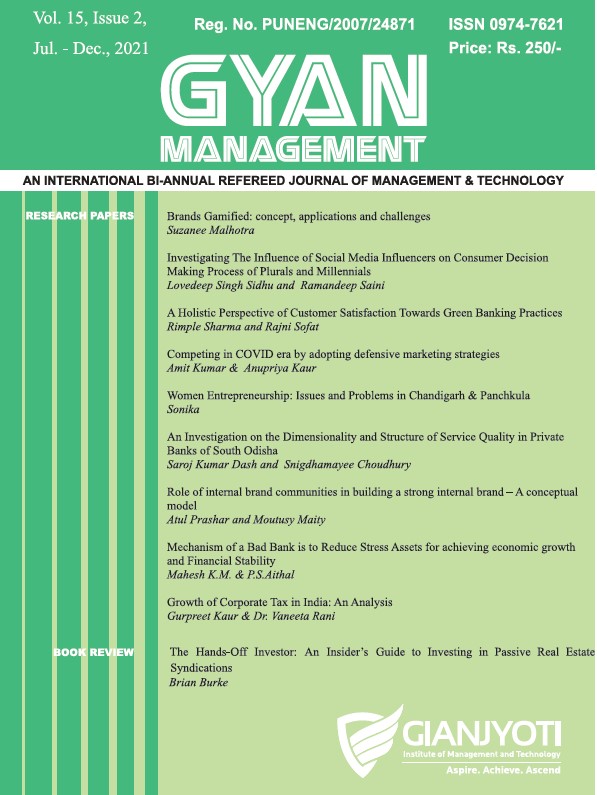A Survey on Speech Coding Standards and Coding Techniques
Keywords:
Coding Techniques, Communication, dominant, lecommunication networksAbstract
Speech Communication is at present the most dominant and common service in t lecommunication networks. Most of the present day demand and developmel)ts in the area of speech communication are going to be in the bandwidth stc:u·ved wireless ystems [2]. To keep up with thi · demand, good quality digital speech coders are required which can operat at sufficiently low bit rate · and hence u e bandwidth efficiently. Speech, which was earlier PCM coded at 64 kbps (in telephone sy terns) is now being coded at 13 kbps in commercial systems like GSM with the same quality. Latest research in the field of peech coding aims to b1ing the coding rate down to 4 kbps (commonly referred to in research circles as Very low bit rate coding) without appreciable lo s in perceptual quality. Therefore new voice coding techniques are constantly studied to reach higher compre ion rates with better quality in network [4]. This paper presents a summary of speech coding
tandards for variou application .
Downloads
Downloads
Published
Issue
Section
License
Copyright (c) 2022 Gyan Management Journal

This work is licensed under a Creative Commons Attribution 4.0 International License.



